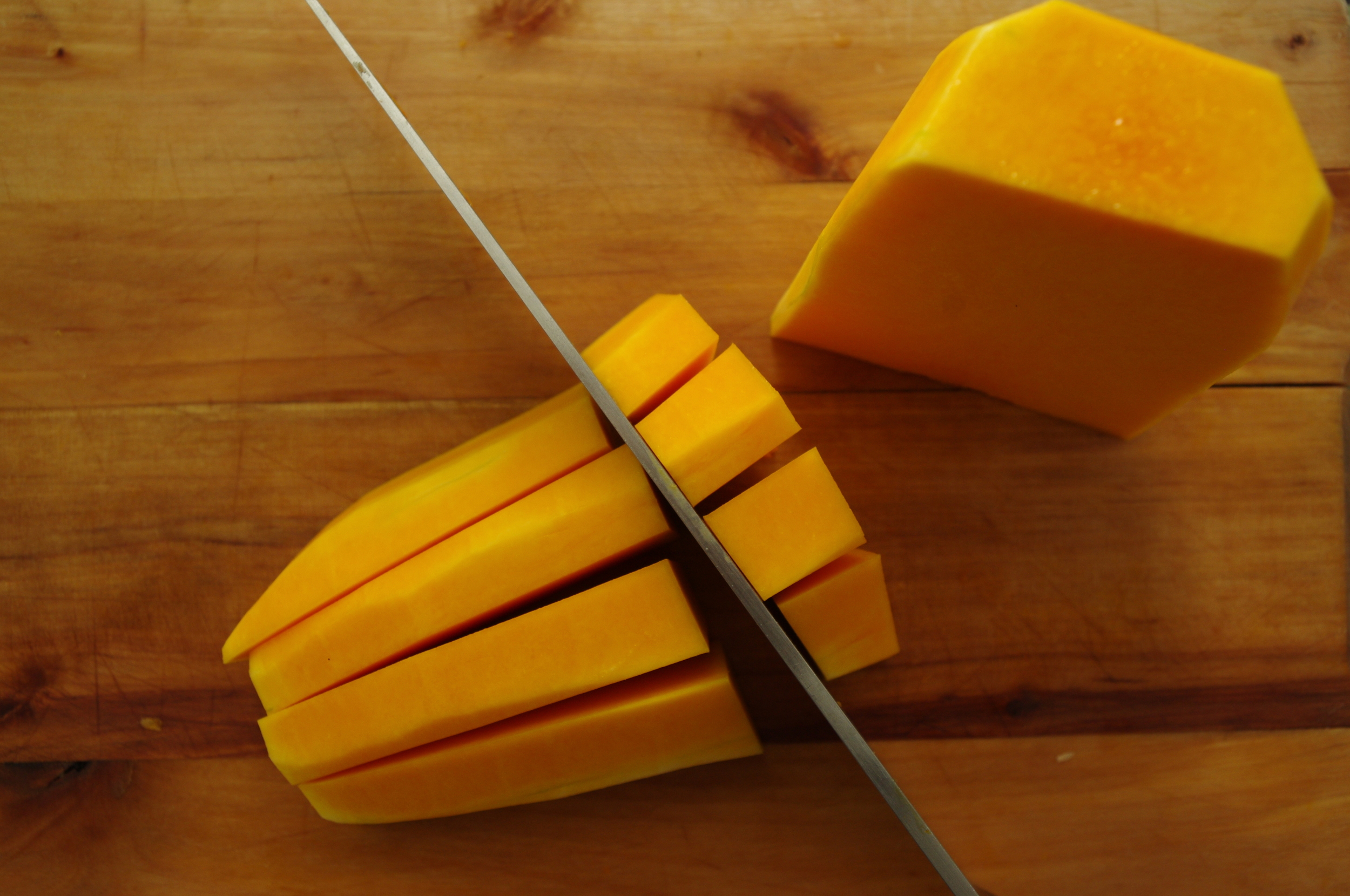Cuisines that define cultures may seem to be a constant in the myriad of changes over time. There are family and cultural favorite recipes that are passed down for generations, but often substitutions are made based on the availability of ingredients. This became starkly evident in researching recipes for an apple custard tart. I recently inherited a couple of my mother-in-law's cookbooks. The oldest book was Good Cookery By W.G.R. Francillon and G.T.C.D.S. This book was originally published in 1920, but was revised at the start of the second world war. This reprinted version was from 1948; a time in British history when rationing was at it's most severe level.
Unfortunately, this old volume was not much help in providing a classic apple custard tart recipe, but certainly gave some context to how events like, war, social and economic policy, and resource management can dictate (more that one would expect) what we eat.
The next book on the shelf was The Constance Spry Cookery Book, 1956. This is a massive volume of post-rationing recipes and cooking techniques that clearly draw on the expertise of classic French and continental European cuisine. This book was issued to students of the Winkfield Place finishing school and Cordon Bleu Cookery School. In reading through some of the recipes, it seems to reflect a hopefulness and celebration of better times; a sentiment shared by much of the world in the 1950's. In addition, it does, most excellently, provide a superb apple custard tart recipe called Tarte Normande.
Here is an adaptation of Tarte Normande (providing a more specific ingredient list):
Tarte Normande
Adapted From The Constance Spry Cookery Book, 1956
Ingredients:
1 Recipe for short crust pastry
1 lb Fruit (apples, gooseberries, etc.)
1 oz Butter
1 oz Sugar
Cream:
1/2 oz Flour
1 gill of milk or cream (I used approx. 6-8 oz of cream)
1 Egg
1 oz Sugar
2 Tbs (or more) of DOM B&B Liqueur
Method:
Line a 10-inch flan ring (or spring-form tart pan) with pastry. Make sure there are no cracks in the pastry and that the slices of the flan are high. Peel, core, and cut the apples into thin slices, then set aside.
Place the butter in a saucepan with 1 oz of sugar and a tablespoon of the liqueur. On medium heat, stir the mixture until it becomes bubbly and begins to darken in color. Spread the caramel mixture into the bottom of the pastry. Arrange the apples in a fan pattern inside the pastry.
Whisk together the flour, egg, 1 oz of sugar, cream, and liqueur. Pour over the apples. Bake at 375 to 400 degrees for about 40 minutes, or until the tips of the apples darken, and the custard has risen and just set.
~~~~~
In an effort to compare modern versions, an online search for similar recipes produced a plethora of adaptations. It would seem that our present culture has not only ready access to ingredients produced throughout the planet, but the privilege to customize recipes to our specific health and dietary needs. Here is a delicious gluten-free/Dairy-free adaptation which appears to be the most common special-diet trend at this time:
Apple Custard Tart
(gluten and dairy free)
*Crust:
1 1/2-2 cups Almond Flour
1/4 tsp Salt
2-4 Tbs Coconut Oil
1-2 Tbs Honey, Pure Maple Syrup, or Sugar
1/2 tsp Vanilla
1 Egg
Preheat oven to 375 degrees.
In a medium bowl, mix salt into almond flour. Combine wet ingredients in a separate jug or bowl, then mix into the almond flour with a fork. Add more almond flour, if necessary, to form a dough that is not crumbly and not too sticky.
Divide the dough into four equal parts. Press evenly into the bottom and sides of four 5-inch tart pans, taking care to not have any holes or parts that are too thin. Alternately, you can make one larger pie in an 8-inch pie plate or tart pan.
Place the blind crusts in the oven and bake for about 8 minutes, or until they begin to darken in color and are slightly more firm to the touch. Remove from the oven and let cool.
Filling:
2 Apples (about 1 lb)
Juice from 1 lemon
dash of Cloves
dash of Cinnamon
1 large Egg
1/2 cup cold-pressed unsweetened Coconut Milk
2-4 Tbs DOM B&B Liqueur, or similar flavored brandy
1 Tbs Honey, Pure Maple Syrup, or Sugar
Method:
Peel apples, then divide into 8 wedges. Cut away the core from each wedge, then slice the wedges thinly (about 1/8th of an inch thick). Place the apples in a bowl and gently toss with the lemon juice and spices. Take care to not break the slices.
Place the apple slices into the prepared crusts, arranging them in an overlapping circle around the edge of the tart base. Then lay the slices in a fan pattern, with the tips of the slices going from the center to the edge of the pan. Pour about 1/4 cup of the custard mixture over the apples. Place in the oven and bake for 25 minutes, or until the apples darken on the tips and the custard has risen and just set. Remove from the oven and let cool for 15 minutes. Remove the tarts from the pans and serve warm.
*Thank you to CSA member Oriel Wiggins for sharing this delicious Gluten-Free/Dairy-Free pie crust recipe.




















